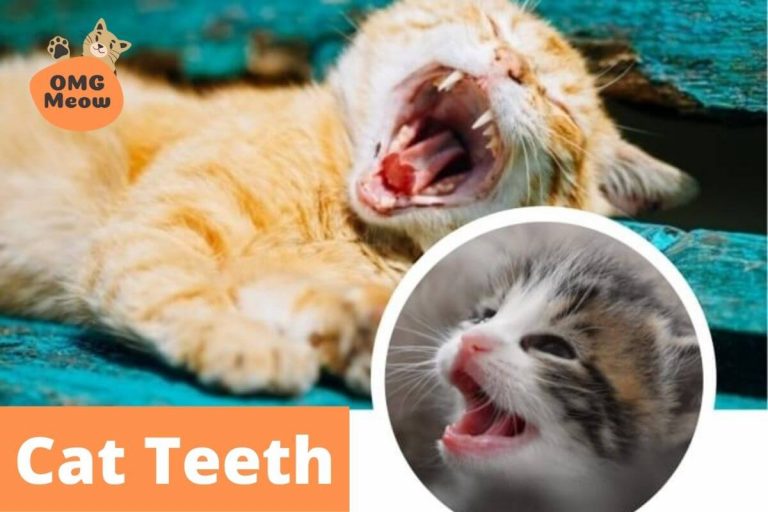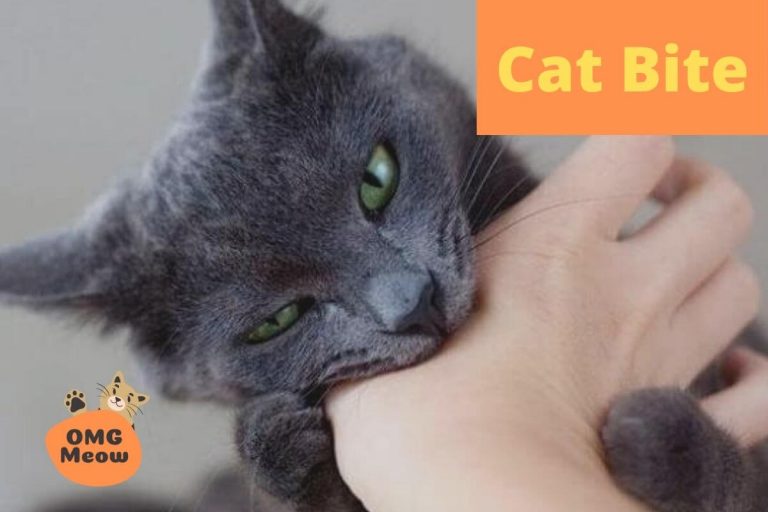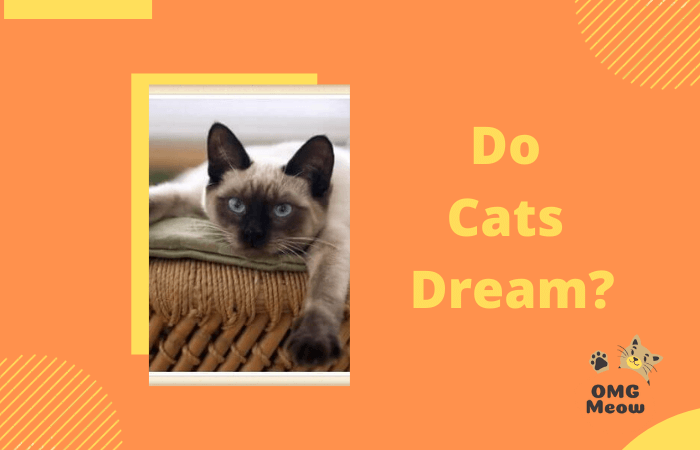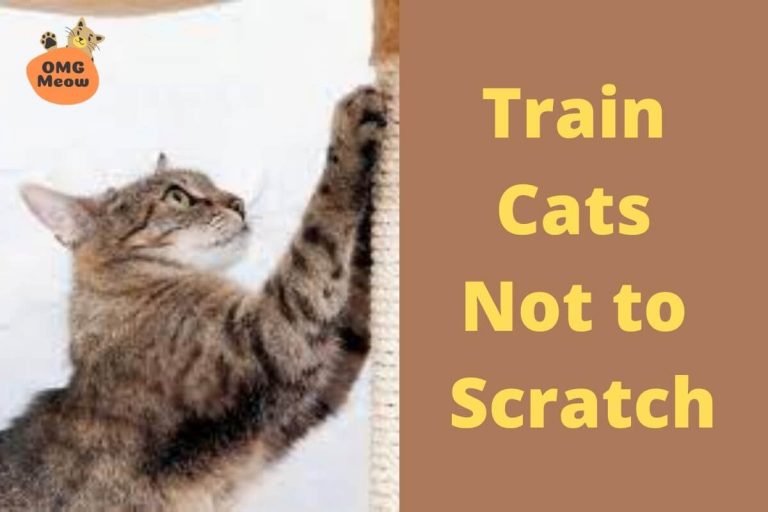Like people, cats can reveal a lot of information to us through their body language. Posture, tail wagging, vocalizations, and many other behaviors are his natural way of expressing himself.
But learning to interpret a cats body language can be a challenging task. With so many expressions, movements, and signals, it can be difficult to distinguish between a happy, friendly cat, and a stressed or aggressive cat.
Not sure how to interpret the body language of cats? Take a look at our Ultimate Guide with Pictures, recommended for both experienced and first-time cat owners.
What does your cat’s body language say? Deciphering feline behavior
Cats are very expressive creatures. That means their body language can convey numerous emotions and moods. As an owner, you need to pay close attention, even to the smallest non-verbal cues. Only then can you understand what your pet is trying to tell you.
Analyze the context
The first step in reading a cat’s body language is understanding context. Depending on the situation, the same signal can have different meanings.
For example, a cat that has its tail raised vertically often indicates that it feels confident, comfortable, and open to interaction with humans. However, the high tail can also show that the cat is willing to attack, probably in an attempt to ward off another strange cat that has entered its territory.
When it comes to understanding cat body language, the key is to pay attention not only to the physical cues but also to the context in which they take place. That is precisely the approach that we will follow throughout this guide.
When considering context, it’s important to try to see things from your cat’s perspective. Often people approach them with the intention of stroking or pampering them but end up getting bitten or scratched.
At that time it is normal to blame the pet for being a grumpy animal, but have we ever wondered how the cat perceived our gesture?
We must always consider if you really feel safe in a certain situation, or if on the contrary, you may be feeling some kind of anxiety or fear. When the cat is familiar with its owner and others in its environment, it is likely to feel more secure and accept any interaction with comfort.
On the other hand, the conditions of the room also influence. Dark and confined environments are known to put cats under stress, hence they feel more comfortable and relaxed in open spaces such as cat countertops and towers.
To interpret feline body language, you should always keep the big picture in mind, considering possible sensory inputs, such as sights, smells, and sounds. This, coupled with individual physical cues, will help you figure out what your cat really wants to express.
Posture: what does the position of the body tell you?
One of the most basic things to keep in mind is that cats evolved not only as predators but also as prey.
When the cat is in threatening circumstances, it is normal for it to panic and its prey instinct to surface. In that case, fear makes him protect his body, almost always assuming a small and less exposed form.
In the opposite case, the cat can reach out and expose itself voluntarily when it does not feel threatened. But beware; there is a big difference between a cat that stretches for relaxation and a cat that tries to get bigger for defense.
When they are scared or angry to the point of wanting to fight, cats try to enlarge their bodies in various ways.
Meaning of 7 common postures in cats
1. Cat with the body gathered in the shape of a ball
It usually indicates that they do not feel open to interaction and it is better not to move forward.
2. Cat crouched close to the ground
Your kitty is probably feeling anxious or distressed.
3. Cat that stops and freezes when you see you
This means that your cat is not comfortable.
4. Cat with arched back and body lying on its side in the face of a possible threat
This position tells you that the pet is terrified and is preparing to escape. An extremely frightened cat may also walk sideways if it is surprised by something unwanted.
The orientation of the body is another key detail in the body language of cats. These animals predict their intentions and next movements by pointing the body in the direction they are likely to go.
5. Cat with arched back and bristly hairs
It usually indicates that you are scared, angry, or ready to stand up and fight if necessary.
6. Cat with head and body directed towards you
It means that he wants to get your attention and is receptive to your advancement. That a cat is not looking at you does not necessarily mean that it is not interesting; Lowering your guard around you can also indicate confidence and a willingness to be touched. Always have an idea of the context.
7. Cat lying on the ground on his back
Most of the time the cat exposes its belly as a sign of vulnerability because it feels comfortable and confident around you, but this is not always the case. In fact, it is considered a treacherous position.
A face-up cat, apparently subdued, may suddenly jump ready to attack with claws and teeth. In that case, it is more likely that he is also growling.
An exposed belly is a sign of comfort and confidence, but it is not always an invitation to massage or caress the abdominal area. To avoid the unexpected response from the cat it is important that you are sensitive to the context and learn to know your pet.
The tail: the best indicator of mood
Observing the position of the tail is one of the best tips for deciphering how your cat is feeling. The tail is the part of the body where you should first look for signs about its state of mind. It can take many positions and indicate a wide variety of emotions.
How do cats use their tails to communicate?
Knowing what the following positions mean will help you understand their body language even more.
Cat with the tail high and vertical
Your kitten feels safe, comfortable, happy, and friendly.
Cat with a high, vertical, and puffy tail
It usually occurs when the cat is angry, scared, and trying to get bigger to intimidate potential enemies. In short, it indicates that the cat is not in a good mood.
Cat with tail lowered
That means your feline may feel fearful, anxious, or threatened. This is especially true if it tucks its tail between its legs.
Consider that having the tail hanging down is a natural characteristic of some breeds, for example, the Persian cat.
Cat with hooked tail or question mark
It means your omg meow cat is looking for fun and want to play.
Cats tend to curve their tails around the things they love the most, especially their owner’s legs.
Cat wagging its tail from side to side quickly
This should not be confused with the quick wagging of the tail that dogs make when they are happy. In cats, it indicates that the animal is agitated and should be left alone.
Cat wagging its tail from side to side slowly
When a cat is trying to figure out the situation, it can wag its tail slowly from side to side as it decides how it feels. It is a sign that the cat is indecisive.
Cat wagging its tail high, lightly and rapidly (shaking)
Sometimes it indicates marking behavior, but it can also indicate that the cat is happy to see you and wants to say hello.
Cat with bristly hairs at the base of its tail
Piloerection at the base of a vertical tail usually indicates a high level of arousal, probably because you are stroking it. This posture may indicate that it is time to stop.
Ears: they are not just for listening
The ears are another part of the body that reveals clues about the cat’s mood. They could be described as two antennas connected directly to your emotions and in tune with the world around them.
Did you know…? Cats can hear sounds at great distances, 4 to 5 times farther than humans can. They are known to be able to identify the location of a sound in hundredths of a second, even when it is far from the source.
How to interpret the body language of cats through the ears?
Cat with ears in a normal forward position
Your meowing cat will most likely feel confident, calm and relaxed, even playful.
Cat with upright and pricked ears
Pricked ears almost always indicate that the cat is alert, but it may also feel like playing. Looking at the context is essential for a good understanding.
Cat with ears flattened back or to the sides
It is a reliable sign that the pet is feeling angry or fearful. It is a typical body signal of frightened, irritated, or nervous cats. Interpret it as the cat is in “fight or flight” mode, so be prepared for any action.
Use caution around a cat whose ears are in this position.
Cat with ears flattened against his head
In this case, the ears reflect a more dangerous or aggressive emotion, although they can also indicate that your cat is scared.
“Eyes, the window of the soul”
Yes, this phrase is also applicable to cats. If after looking at the posture, tail, and ears, you’re still not sure what your kitty’s behavior means, then try to interpret what her eyes are saying.
It is normal for cats to stare, deep in thought, for long periods of time.






